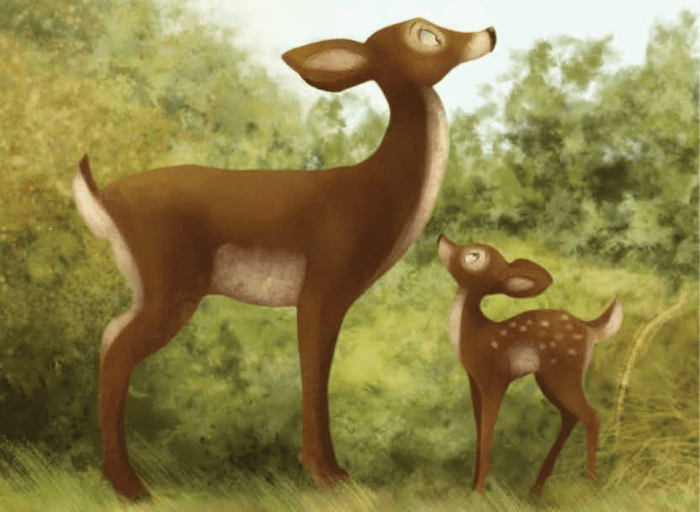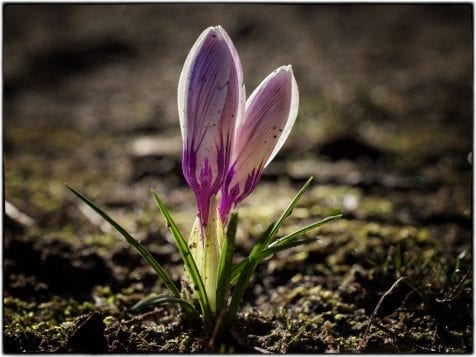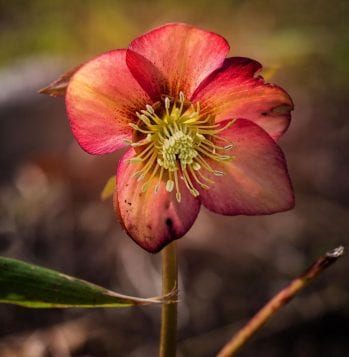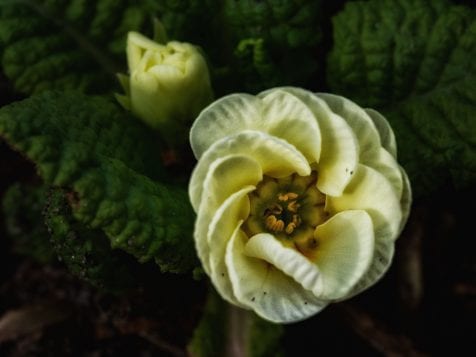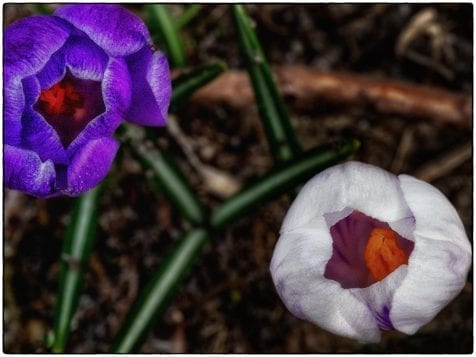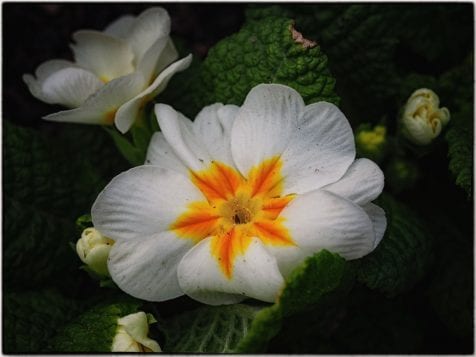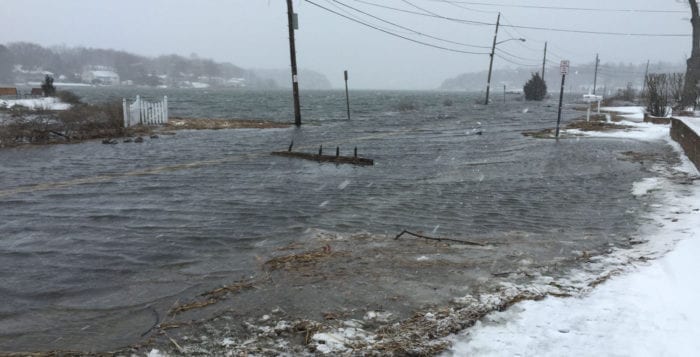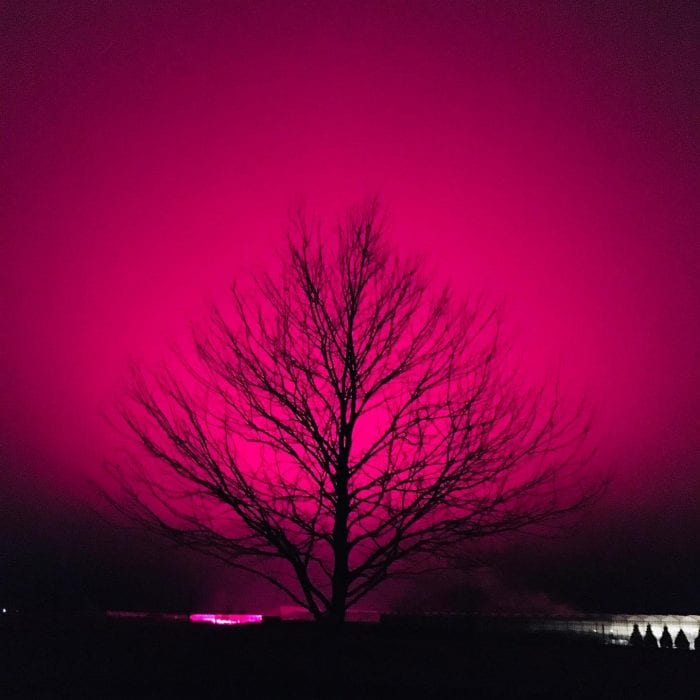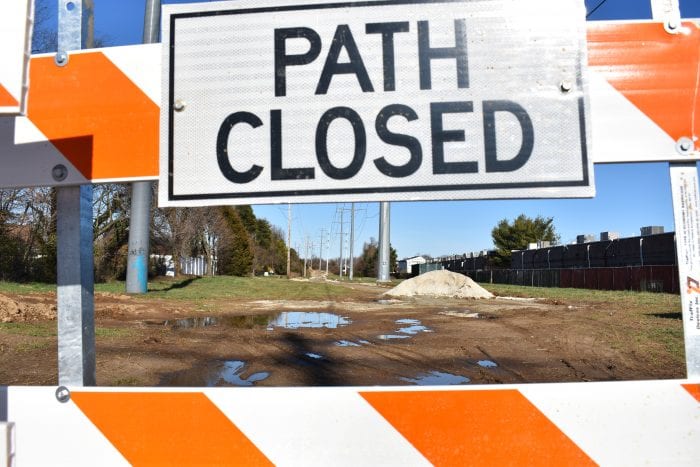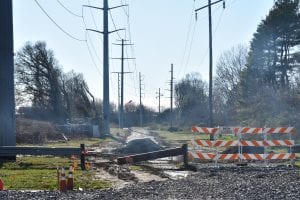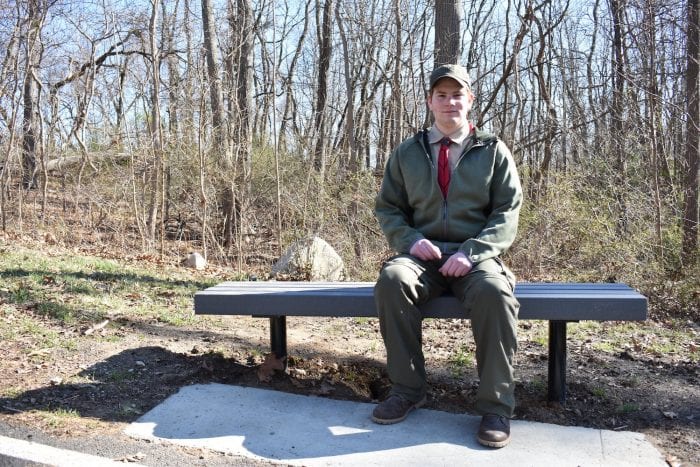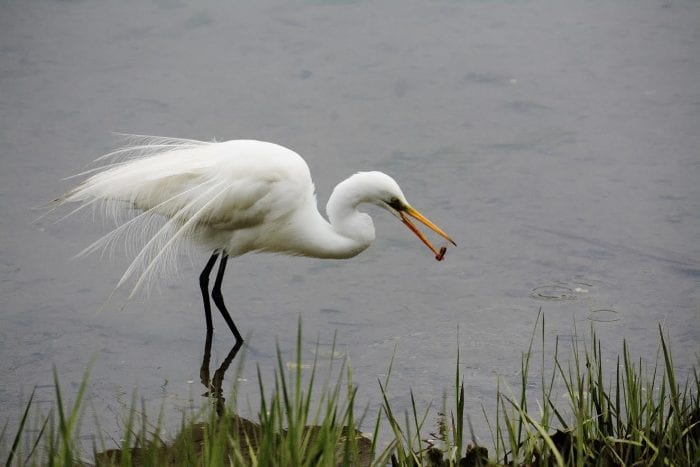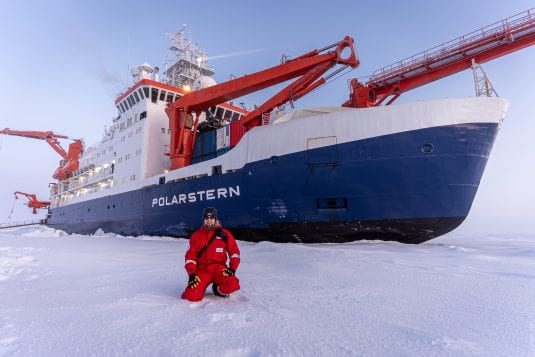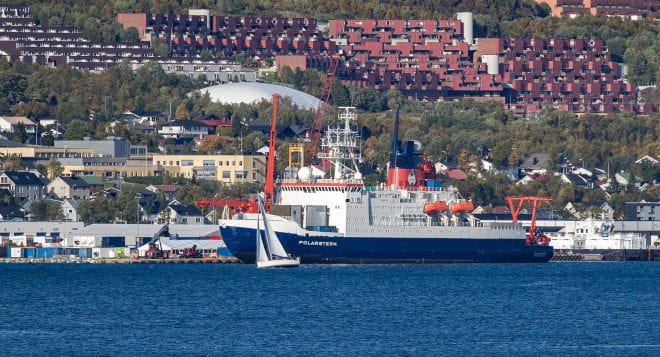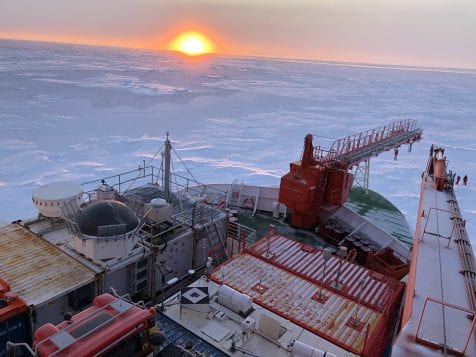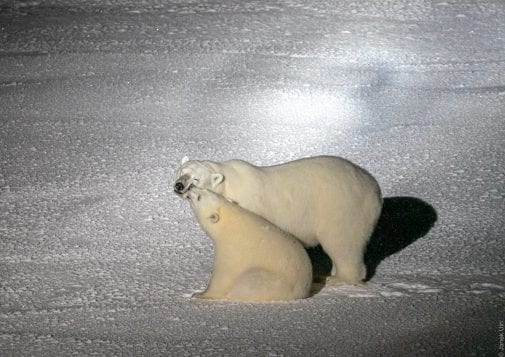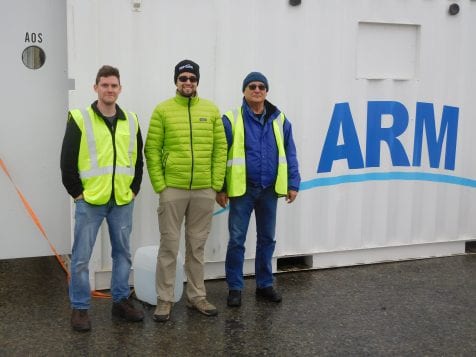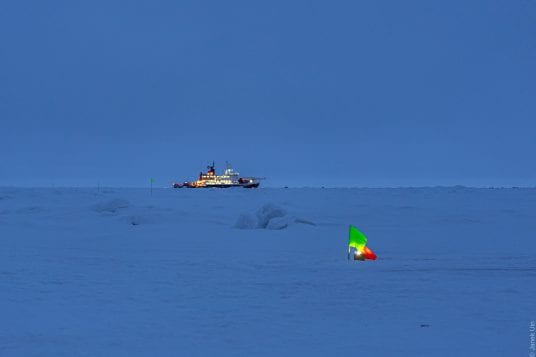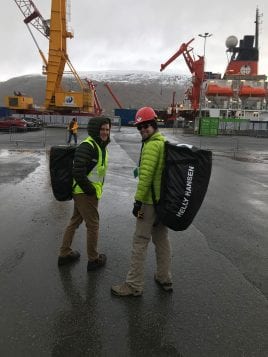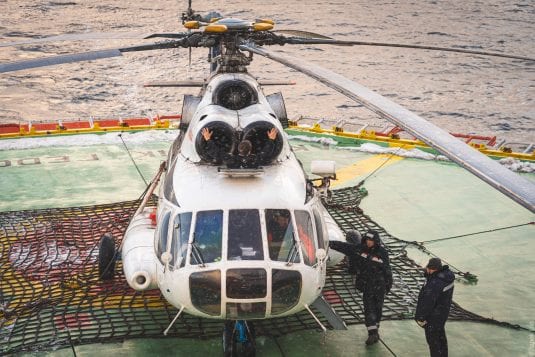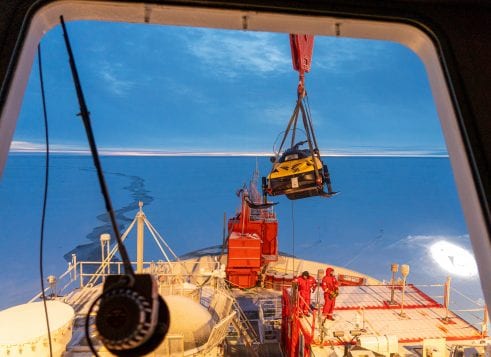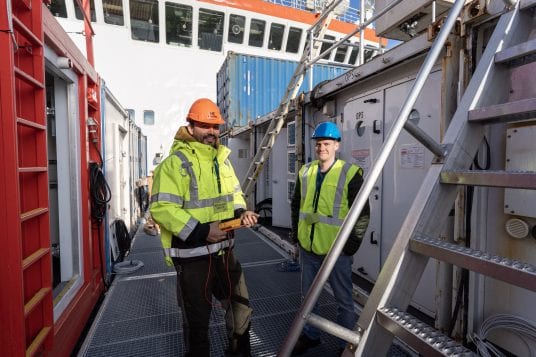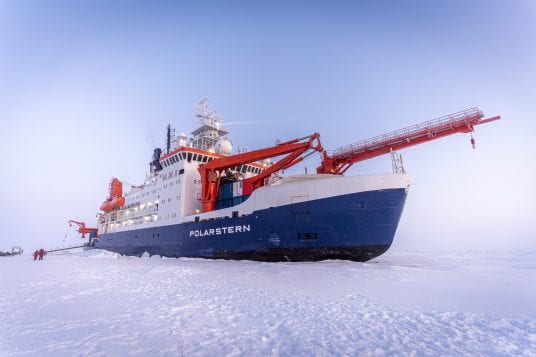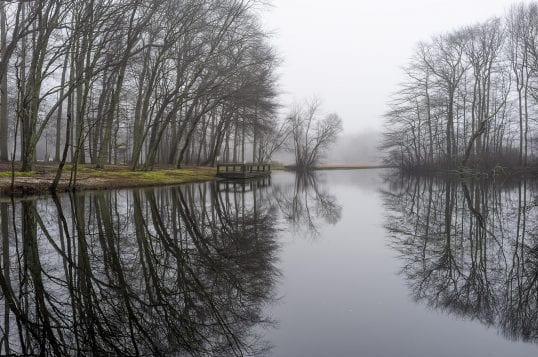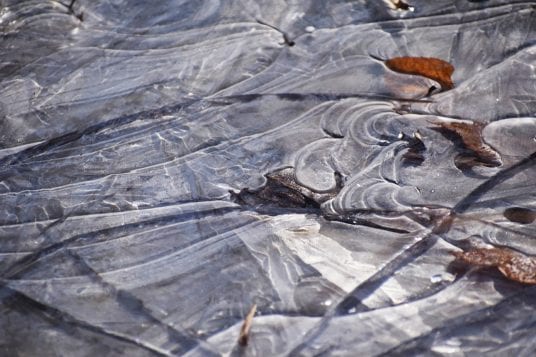Retired police officer encourages empathy for refugees in powerful first book
Reviewed by Melissa Arnold
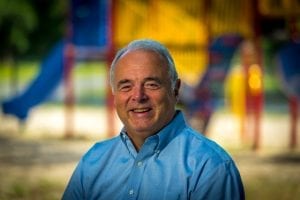
Every year, tens of thousands of people from around the world flee their homes. They have any number of motivations, among them political turmoil, threat of violence, discrimination and climate change, to name a few.
Retired police officer Bill Kiley has deep compassion for asylum seekers of all kinds, and recently felt a strong desire to help them in some way. Kiley, 71, of East Northport, hopes that educating children about the plight of refugees can bring about a more supportive, empathetic culture in the next generation.
His new book, “Hope and Freckles: Fleeing to a New Forest” tells the story of a white-tailed deer named Hope and her spotted fawn, Freckles, as they attempt to escape the growing number of hunters in their forest and go in search of a place where they will be safe. The sharply written story and whimsical, beautifully-illustrated characters will stir the hearts of children and adults alike.
What was your childhood like?
I was raised in Brooklyn, lived in Queens after I got married, and came to this area when I started working for the Suffolk County Police Department years ago.
Were you creative from an early age?
I wasn’t creative at all. I’m one of nine children, and we lived in an apartment with one bathroom, so you can imagine what that was like! We played a lot of sports with our friends, and I started working during the summers when I was 11 to help contribute to the family.
What did you end up doing for a career?
After high school, I spent a couple of years working at the FBI as a clerk while I went to college at what is now John Jay College at night. My initial plan was to become an agent. Simultaneously, when I was 17 I joined the Army National Guard. I went away for six months of training right after my 18th birthday, and continued to go for additional training at other points which meant some breaks from school. I ultimately began working for the Suffolk County Police Department in 1972.
You must have met a lot of people from diverse backgrounds, then.
Of course. That was part of my motivation for writing this book. I wanted to shine a light on the struggles of refugees and asylum seekers all over the world. After 30 years in law enforcement and serving as an Army reservist, I recognize that this crisis threatens free democracy if it’s not dealt with. If we don’t step up, then our children and grandchildren will be left to deal with the global implications of people being pushed out of their countries and living in tent cities. Something needs to change.
When did you first start writing?
In retirement, I’ve had the opportunity to do a lot of babysitting for my granddaughters. We’re a few blocks away from a local library, and so when the kids were with me we’d sometimes go down to the library and head to the children’s section. I began reading to them, and then as they grew I’d read along with them. At that point I began to see the incredible power that children’s books have on young minds. All the while, I’d been looking for a way to help with the refugee crisis, and I began to think that maybe I could help young children understand what’s happening and have some positive influence on the future. I never had any ambitions to become an author.
How did you learn about publishing and sharpen your writing skills?
I read a lot with my grandkids. But in the spring of 2019, I found out about an annual convention in New York City called Book Expo at the Javits Center. I spent three days there. For me, it was a three-day immersive educational experience. I had the opportunity to meet lots of people from every aspect of the writing and publishing world, including some very generous folks who were authors of children’s books. They spent a lot of time sharing their experiences and advice with me, and then I went home and continued to read and learn as much as I could.
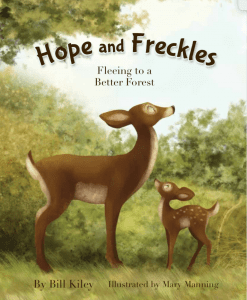
How did your family react when you told them you wanted to write a book?
Well, my wife, Kathy, and I were in school together since the first grade. We go back that far. And no one in my life has been as supportive of their spouse in life as my wife has been for me. In everything I’ve ever tried, she’s been there, and this was just another one of those things.
My granddaughters have been involved in this project from the get-go. They gave great feedback and I’ve had the chance to share the book with their classmates, too.
Is there a reason why you chose to make the characters animals instead of people?
I thought that since this is such a sensitive subject to explain to children, it would be less upsetting to use animals. The national animal of Honduras is the white-tailed deer, and as many refugees come from that area, I thought it was an appropriate choice.
How did you go about getting published?
I met a number of people from traditional publishing companies, independent publishers and hybrids. One of them was a man who recommended his publisher, Mascot Books in Herndon, Virginia. I submitted my manuscript and was happy to learn that they were going to accept it.
What about the illustrations?
I contacted freelancers all over the world, and Mary Manning’s work is so unique and beautiful. I’m so happy with what she’s done for the book. Once the manuscript was finalized, Mary broke the manuscript into logical scene breaks, then made pencil sketches for me to approve. She took it from there. To see the final copy was like holding my children and grandchildren for the first time. There was a feeling of, “Oh my gosh, we just gave birth to a book!”
This book also includes vocabulary words and questions for discussion. Why did you choose to add those?
As I was researching and reading different children’s books, I found a couple that had some variation of continuing discussion. My hope is that this book isn’t just read by 7 to 10 year olds, but that their families will read along with them and share in the experience and conversations that can happen afterward. A parent or other adult might feel ill-equipped to start a discussion on their own, so I thought having some starter questions might be helpful.
What do you want children to take away from reading this book?
The response from the classes I’ve read to so far has been wonderful. Kids have shared that they never thought about what it would be like to leave your home because of danger; to not have a school to go to or books to read; that they are grateful for what they have. That has been like gold to me.
It’s easy for people in our country to automatically look at the U.S,-Mexican border as the only place of crisis. But this is a global issue. The U.N. estimates that around 26 million people around the world have had to flee their homes, often to places where they are unwanted. Half of those refugees are children. I hope kids who read this book come to understand that there are people their age that are in that situation, and empathize with the plight of refugees all over the world.
What’s next for you?
My hope is to do a series of four books, all with these same characters, following their journey as it continues on. I’ll be reading from the book at Barnes and Noble stores around Long Island and New York City in the future. I am also available to speak about the book at schools, religious congregations and events.
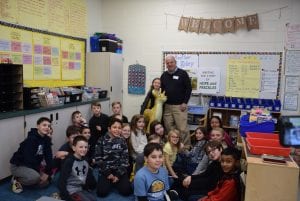
“Hope and Freckles: Fleeing to a New Forest” is available online at www.mascotbooks.com, www.Amazon.com or www.BN.com. To learn more about Bill Kiley, this book and future projects, visit www.hopeandfreckles.com.

